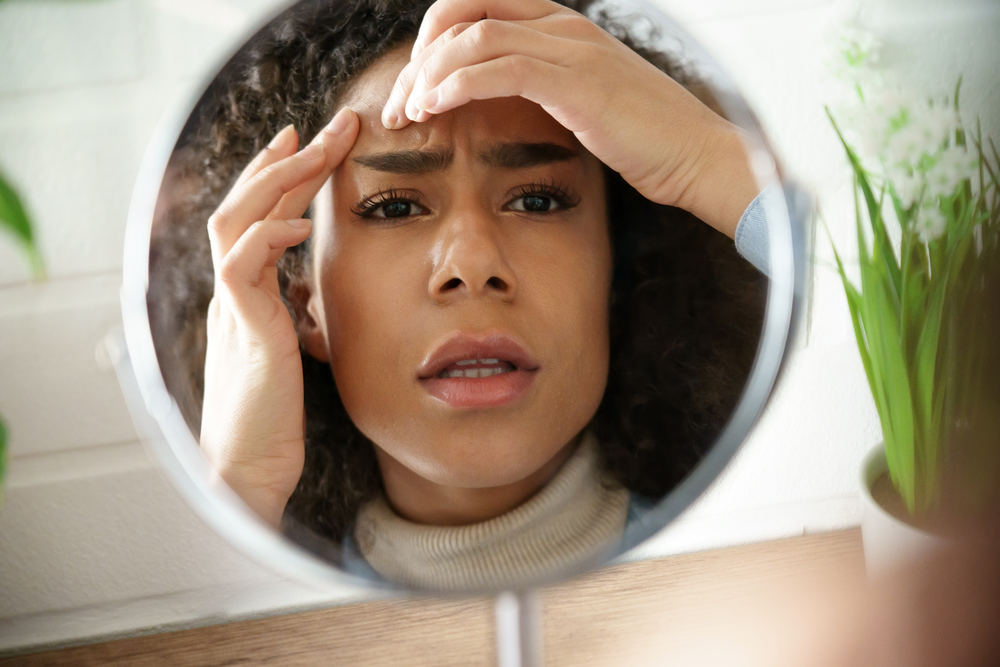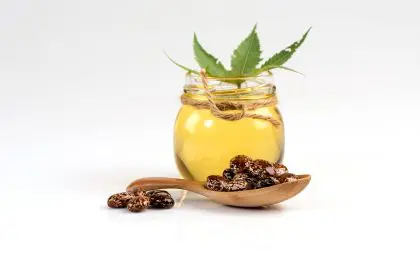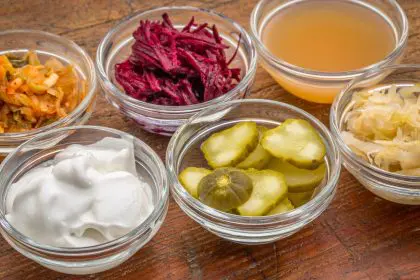A mysterious bump near your lips can be unsettling. Is it a harmless pimple or something more serious like a cold sore? Distinguishing between the two is crucial for effective treatment and prevention. Both conditions are common, but their causes, symptoms, and management differ significantly. By understanding these differences, you can make informed decisions and keep your skin healthy.
Understanding viral origins
Cold sores stem from the herpes simplex virus type 1 (HSV-1), which is highly contagious and remains dormant in nerve cells until triggered.
This viral nature makes cold sores fundamentally different from pimples, which typically result from clogged pores, bacteria, or oil buildup. HSV-1 can spread through close contact, such as sharing utensils, kissing, or touching an active outbreak.
In contrast, pimples are not contagious. They occur when oil, dead skin cells, and bacteria clog hair follicles, often during hormonal changes or due to improper skincare practices. Recognizing these origins is key to selecting the right treatment.
Recognizing early warning signs
This prodromal phase, which occurs before any visible symptoms, is unique to cold sores and provides an opportunity for early intervention with antiviral medications. Pimples, on the other hand, usually appear without warning and often feel tender or sore only after they form.
By paying attention to these early signs, you can take steps to manage the condition before it worsens. For cold sores, this might involve applying topical antivirals. For pimples, a gentle cleanser or spot treatment can help.
Cold sores often appear as clusters of small, fluid-filled blisters that eventually burst and scab over. They are usually found near the border of the lips or mouth. Pimples, in contrast, present as raised bumps that may be red, white, or filled with pus. Unlike cold sores, pimples can occur anywhere on the face or body, particularly in areas with active oil glands.
Understanding these visual cues ensures appropriate treatment. Cold sores benefit from antiviral creams or oral medications, while pimples typically respond to anti-inflammatory or antibacterial treatments.
Location patterns and significance
Cold sores almost always develop near the lips or mouth, although they occasionally appear in other areas of the face. Their recurring nature makes them easy to identify if you’ve had previous outbreaks.
Pimples, however, are not confined to the lip area. They can appear anywhere oil glands are active, including the forehead, chin, and back. This difference in location reflects their distinct causes and requires tailored management strategies.
Cold sores typically go through several stages over two to three weeks. They start as tingling or burning, followed by fluid-filled blisters that eventually scab and heal. Pimples, on the other hand, often resolve more quickly—within a few days to a week—with proper care.
The healing process also varies. Cold sores may leave temporary discoloration or sensitivity, while pimples might result in scarring if picked or improperly treated. By observing how the bump changes over time, you can better determine its nature and choose an appropriate course of action.
Treatment approaches
For cold sores, antiviral medications are most effective. Over-the-counter creams like docosanol can reduce symptoms, while prescription antivirals like acyclovir or valacyclovir can shorten the outbreak duration. Keeping the area clean and avoiding triggers like stress and sun exposure is essential.
Pimples, on the other hand, respond well to anti-inflammatory and antibacterial treatments. Gentle cleansers with salicylic acid or benzoyl peroxide help unclog pores and reduce inflammation. Applying warm compresses can also speed up healing.
Avoiding harsh treatments or excessive touching is critical for both conditions to prevent further irritation or complications.
Cold sores are triggered by factors like stress, illness, or sun exposure. Managing stress, using sunscreen on your lips, and avoiding direct contact with active sores can help minimize outbreaks.
Pimples can be prevented with consistent skincare routines, including gentle cleansing, moisturizing, and exfoliation. Avoiding heavy makeup and maintaining a balanced diet can also reduce the likelihood of breakouts.
Understanding and addressing the triggers for each condition ensures better long-term management and fewer recurrences.
When professional help is needed
For cold sores, frequent outbreaks or complications like severe pain or eye involvement require professional evaluation. Prescription antiviral medications may be necessary to control symptoms.
Pimples that don’t respond to over-the-counter treatments, are painful, or leave scars may require dermatological care. Options like prescription retinoids or professional extractions can help.
Seeking medical advice ensures proper diagnosis and treatment, particularly for symptoms that persist or worsen.
Final thoughts
Distinguishing between cold sores and pimples is essential for effective care. While they may look similar at first glance, their causes, symptoms, and treatments are vastly different. By understanding the nuances of each condition, you can take appropriate steps to manage and prevent future occurrences.
Whether it’s antiviral creams for cold sores or gentle cleansers for pimples, the right approach makes all the difference. And when in doubt, consulting a healthcare professional ensures you receive the care you need to keep your skin healthy and vibrant.













